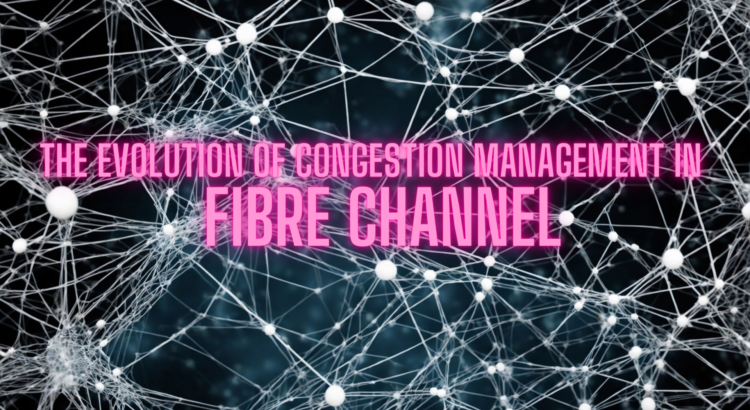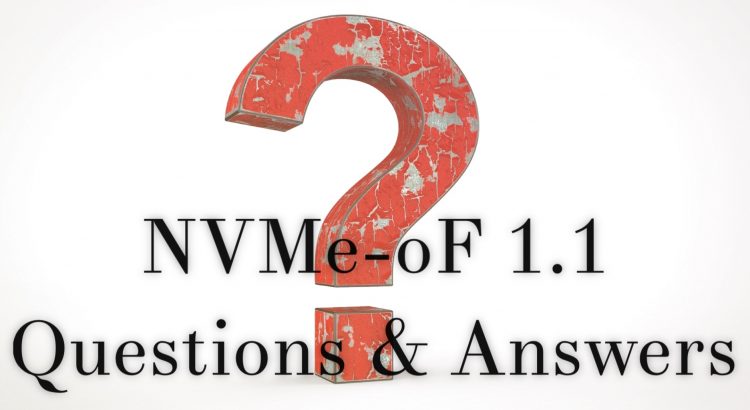
The Evolution of Congestion Management in Fibre Channel
The Fibre Channel (FC) industry introduced Fabric Notifications as a key resiliency mechanism for storage networks in 2021 to combat congestion, link integrity, and delivery errors. Since then, numerous manufacturers of FC SAN solutions have implemented Fabric Notifications and enhanced the overall user experience when deploying FC SANs.
On August 27, 2024, the SNIA Data, Networking & Storage Forum is hosting a live webinar, “The Evolution of Congestion Management in Fibre Channel,” for a deep dive into Fibre Channel congestion management. We’ve convened a stellar, multi-vendor group of Fibre Channel experts with extensive Fibre Channel knowedge and different technology viewpoints to explore the evolution of Fabric Notifications and the available solutions of this exciting new technology. You’ll learn: Read More




 1.1
1.1 As more storage traffic traverses the network, the risk of congestion leading to higher-than-expected latencies and lower-than expected throughput has become common. That’s why the SNIA Networking Storage Forum (NSF) hosted a live webcast earlier this month,
As more storage traffic traverses the network, the risk of congestion leading to higher-than-expected latencies and lower-than expected throughput has become common. That’s why the SNIA Networking Storage Forum (NSF) hosted a live webcast earlier this month,  Last month, the
Last month, the  In the last few years, Ethernet equipment vendors have announced big increases in line speeds, shipping 25, 50, and 100 Gigabits-per -second (Gb/s) speeds and announcing 200/400 Gb/s. At the same time Fibre Channel vendors have launched 32GFC, 64GFC and 128GFC technology while InfiniBand has reached 200Gb/s (called HDR) speed.
But who exactly is asking for these faster new networking speeds, and how will they use them? Are there servers, storage, and applications that can make good use of them? How are these new speeds achieved? Are new types of signaling, cables and transceivers required? How will changes in PCIe standards and bandwidth keep up? And do the faster speeds come with different distance limitations?
In the last few years, Ethernet equipment vendors have announced big increases in line speeds, shipping 25, 50, and 100 Gigabits-per -second (Gb/s) speeds and announcing 200/400 Gb/s. At the same time Fibre Channel vendors have launched 32GFC, 64GFC and 128GFC technology while InfiniBand has reached 200Gb/s (called HDR) speed.
But who exactly is asking for these faster new networking speeds, and how will they use them? Are there servers, storage, and applications that can make good use of them? How are these new speeds achieved? Are new types of signaling, cables and transceivers required? How will changes in PCIe standards and bandwidth keep up? And do the faster speeds come with different distance limitations? 